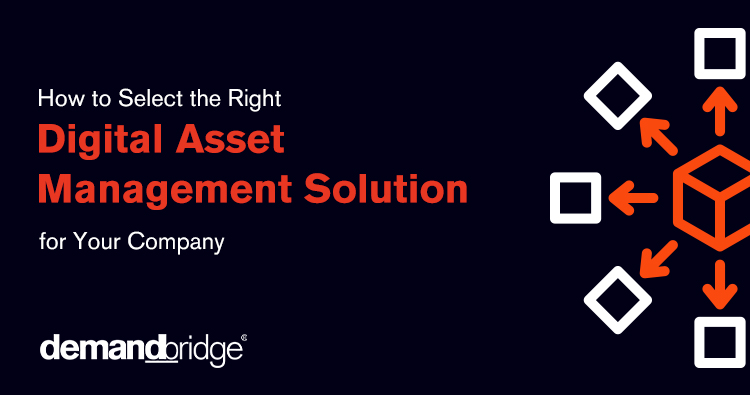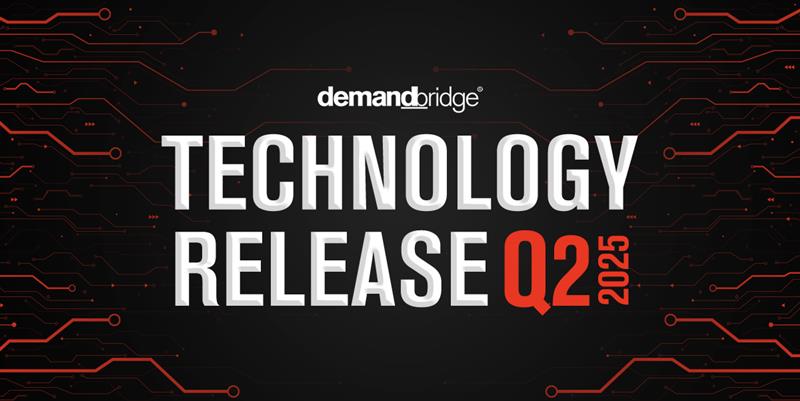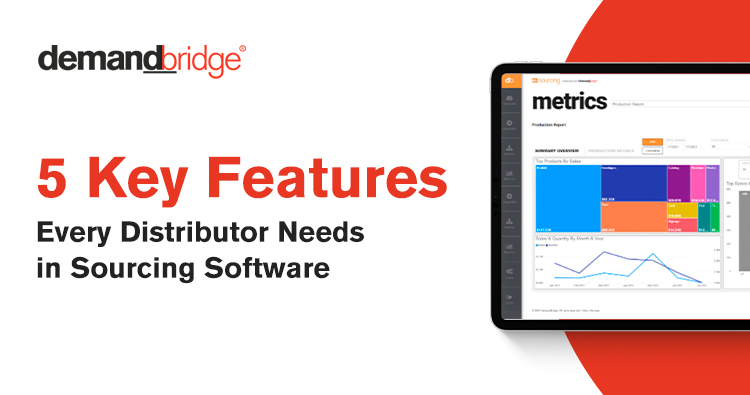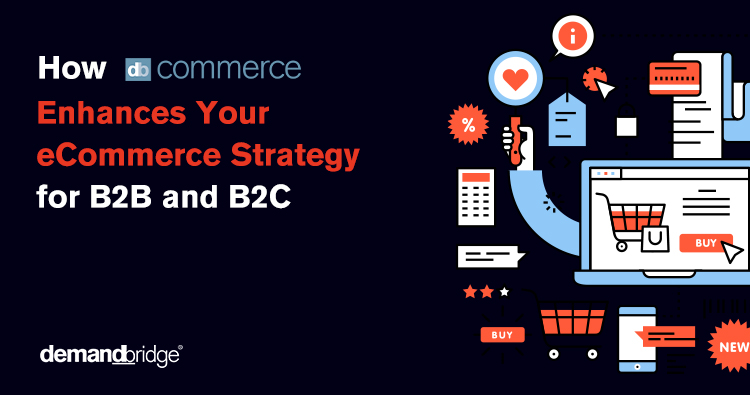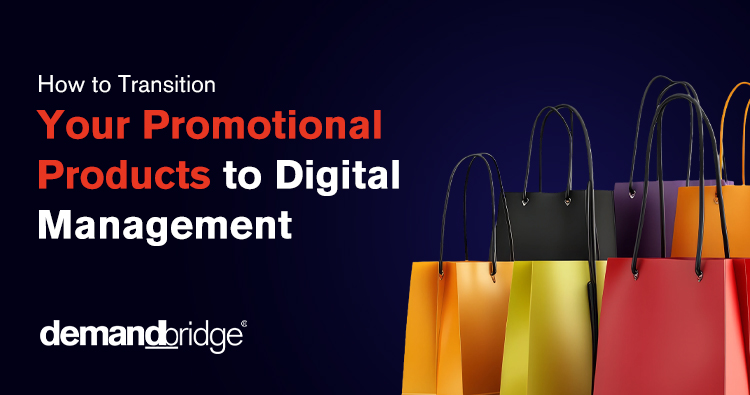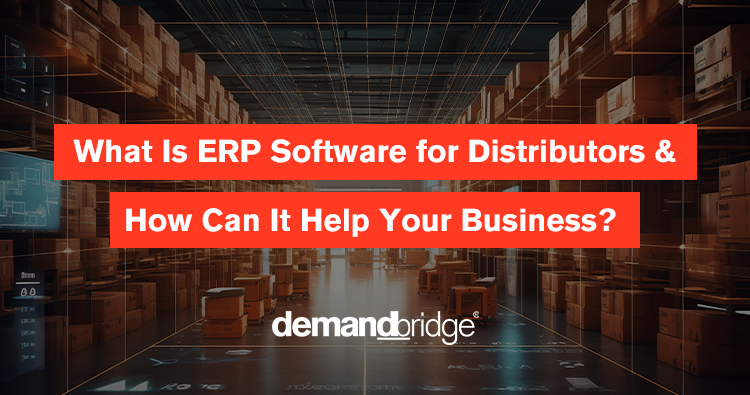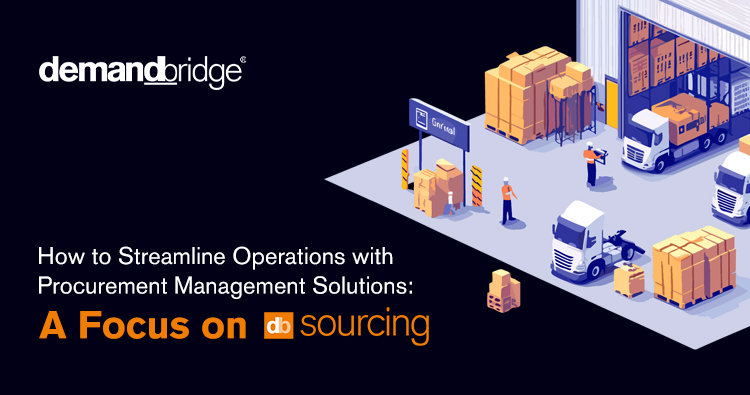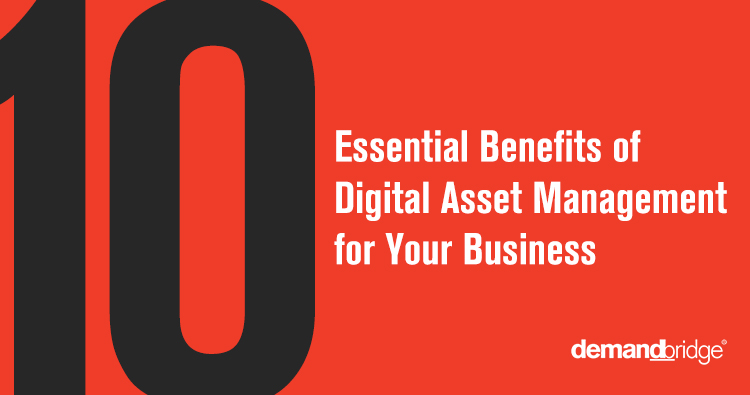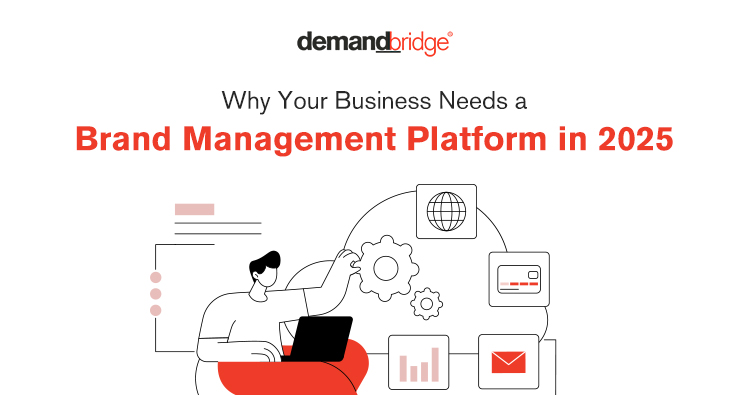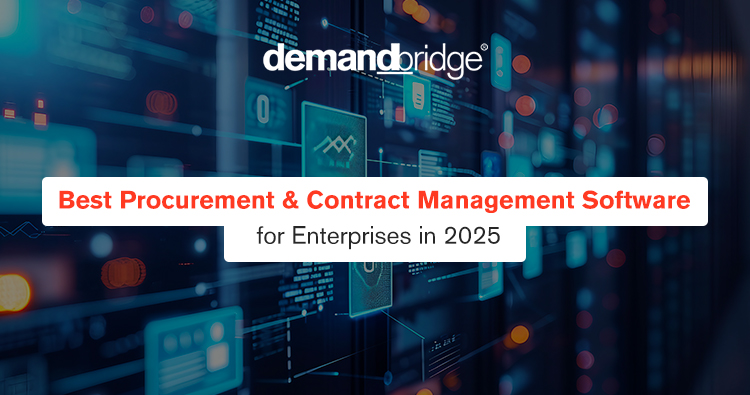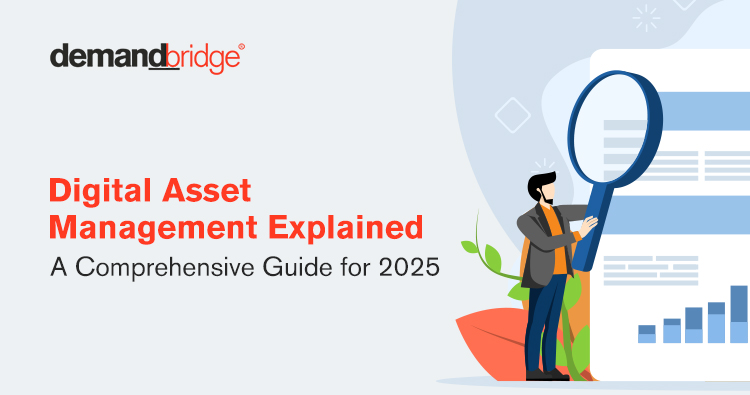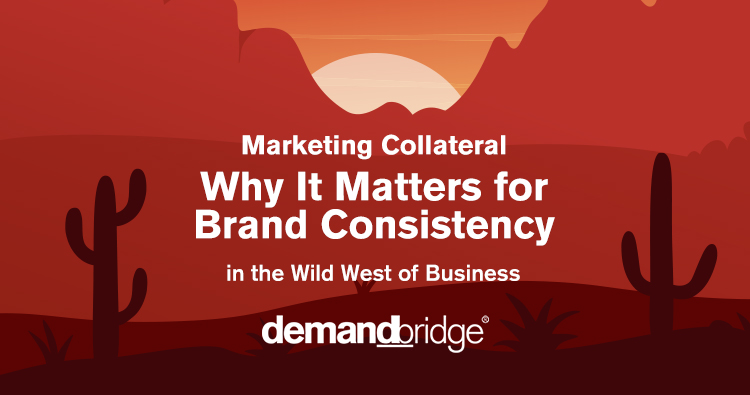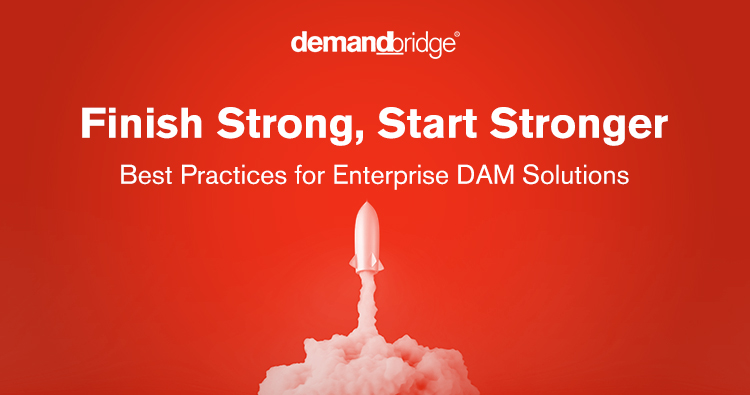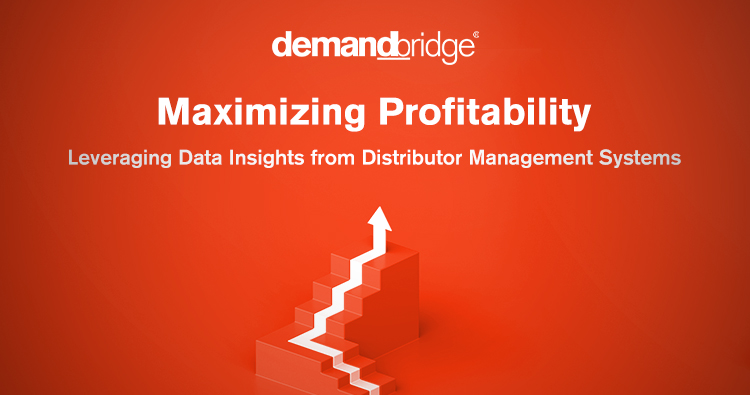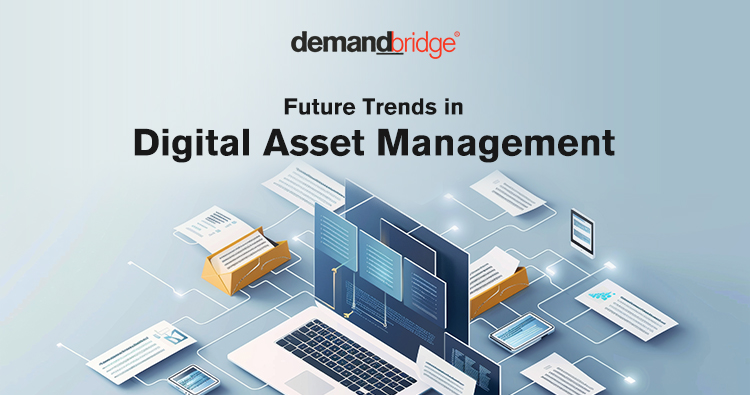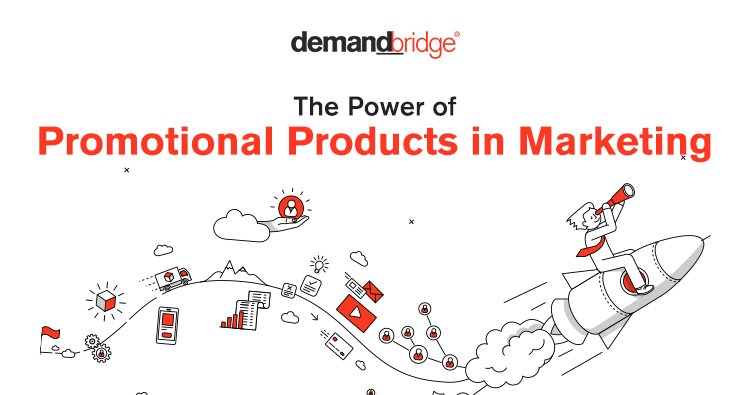Selecting the appropriate digital asset management (DAM) software is an important decision for any organization that needs to handle a vast quantity of digital content. As pictures, video, documents, and other material see a digital asset boom, their storage and management will soon become impossible without the proper ways to do it; the proper DAM solution will enable it to be easy to have workflows, increase collaboration, offer brand consistency, and make your content management system easier.
We’ll guide you, step by step, through this process of selecting the appropriate DAM system for your organization in this blog! Whether you’re a small mom and pop shop, a growing mid-market company, or already a part of a big boy enterprise, this guide will cover all the essential factors to consider, including features, scalability, integration capabilities, pricing, and more for a clear framework in making a more informed decision that aligns with your current operational needs and long-term goals.
What is Digital Asset Management Exactly?

Digital Asset Management (DAM) is the process of storing, organizing, managing, and distributing digital content; such assets can include images, videos, graphics, documents, and more multimedia items that need to be properly stored and readily available. To address the different challenges that come with this, we’re seeing DAM solutions now being widely implemented by companies of all sizes to consolidate digital assets, automate workflows, and enable employees to better find, share, and collaborate in a way that works for them.
Key Features to Look for in the Best DAM Software
When choosing a DAM system, some key features need to be remembered that will ensure that the system is appropriate for your organization’s particular requirements such as:
1. Search & Metadata Capabilities
When handling huge quantities of digital material, your search feature in DAM software can be the make-or-break factor when it comes to its effectiveness. The power of a well-designed DAM system lies not just in its high-end search capabilities, but in how effectively it organizes and tags assets through metadata.
But What Is Metadata, and Why Is It So Important?
Metadata provides valuable information about a digital asset, like details like the author, date of creation, resolution, or referencing a specific campaign. Metadata, in a DAM system, allows you to monitor assets better, locate them, and reuse them. According to the Adobe Digital Asset Management Buyer’s Toolkit, metadata can include but is not limited to:
- Creator or author name
- Date and time created
- File location
- Camera settings (aperture, ISO, shutter speed)
- Image resolution
- Campaign or project name
- Product model number or SKU
- Model featured in the asset (person, car, product)
- Product description
- Product material
Having this information helps address two major challenges: the need to both easily find and reuse assets. Without the proper metadata, searching for and being able to utilize digital assets can be time-consuming and frustrating, especially in a time crunch!
Detailed metadata boosts asset search efficiency, allowing employees to find the right asset fast. It also allows assets to be logically categorized and filtered based on specific needs, improving workflow and saving time as well as ensuring assets are aligned with campaigns or projects, contributing to consistent brand messaging across your organization.
How It Improves Efficiency: A DAM with robust metadata capabilities saves time by simplifying searches through tags like product models or campaign titles, letting teams focus on more important tasks. This enhances asset search, content management, collaboration, and overall efficiency for both small businesses and large organizations.
2. Version Control & Rights Management
When collaborative groups collaborate on creative materials, versioning is required in order to keep track of modifications, so the users can keep track of changes and revert back to previous versions of a file if necessary; like what you see in Microsoft Word and other B2C software programs. This also prevents using outdated materials or losing crucial edits.
Rights management is another critical component. Your staff members are going to require varying degrees of access to digital content, and the ability to control who can view, edit, and transfer content. Look for a DAM system that allows you to assign permissions by asset or by folder so sensitive or proprietary content can only reach the right hands.
Why It Matters: Rights management and version control keep your assets safe, prevent unauthorized use, and make sure your content is always current and error-free.
3. Real-Time Collaboration Tools
A successful Digital Asset Management (DAM) solution is more than just a software program—it’s a true system that designates how your teams work and interact together when it comes to the digital stuff. For ensuring adoption as well as long-term use, your DAM solution must be easy to use and designed to actually foster collaboration across departments and between stakeholders in a way that really makes sense for you and yours.
Organizational Alignment & Adoption
Before rollout, identify your key users and how different teams—like Product, Design, Marketing, and IT—interact with digital assets. Their needs and workflows will vary, and understanding these dynamics early helps boost adoption, reduce friction, and save time and costs down the line.
Tips for Organizational Alignment:
- Secure buy-in from executive champions or decision-makers.
- Involve stakeholders across departments—and even external vendors or agencies if needed.
- Establish consistent language and clear expectations for how the DAM will be used.
When your system is custom tailored to the specific roles, tools, and processes of its users, adoption often just happens naturally. Flexibility for different access levels and workflows helps teams work in parallel—without stepping on each other’s toes.
Built-In Collaboration Features That Make Work Easier
Your creatives surely know, but collaboration is at the heart of content creation and delivery. The right DAM system enables users to work together across locations and time zones, with minimal disruption.
Just a Few Must-Have Collaboration Capabilities You’ll Want:
- Streamlined Workflows: Simplify the approval and review process with tools that allow for real-time input and feedback.
- Asset Repurposing: Makes it easy to update, edit, and reuse content for different audiences or campaigns.
- Feedback & Version Control: Track asset lifecycles and ensure everyone’s working with the latest approved versions.
- External Access Controls: Grant secure access to vendors, partners, or agencies as needed—without compromising security.
- Centralized Communication: Keep feedback, edits, and instructions all in one place to eliminate scattered communication.
Why It Matters: By aligning the DAM with real team dynamics and offering collaboration tools that match how people actually work, you increase efficiency, speed up delivery, and maintain brand consistency. Simply put, a system that works well for its users is a system that gets used.
4. Scalability & Customization
As your business grows, so will your need for organizing, storing, and managing digital assets. A scalable DAM solution makes sure that as your content, users, and storage needs grow, the system continues to perform smoothly—letting you add users or expand storage quickly without any hiccups.
Along the same lines, your DAM system should be fully customizable to match your business’s unique needs and requirements. Whether it’s tweaking workflows, different fields, or adjusting user interfaces and access levels, customization ensures the system works the way your team does. Plus, gives you the flexibility to adapt as your needs change over time.
Why It Matters: Scalability makes sure your DAM can grow with your business, without the headache and cost of switching systems. Customization ensures the system fits your company’s specific processes and workflows, improving usability, efficiency, and accessibility in the long run.
5. Security Features & Integration Capabilities
Security is an utmost priority as far as sensitive or proprietary digital materials! A solid DAM system should include enterprise-level security features like encryption, secure data storage, and user authentication to safeguard your assets from cyber-attacks or misuse.
Equally important is the system’s ability to play nicely with your existing tools and workflows. Whatever your marketing automation software, CRM systems, or creative tools like Adobe Creative Cloud, integrations eliminate manual processes to enable effortless and productive flows.
When evaluating a DAM system, ensure it is integrated into the systems that your company already employs, such as content management systems (CMS), project management tools, and cloud storage providers. This makes assets accessible across all departments, improving collaboration and efficiency.
Why It Matters: Protecting intellectual property of security guards and assuring compliance, seamless workflow integration skills make your work processes efficient, eliminate manual labor, and enhance cross-departmental collaboration to ensure your content management functions are secure and efficient.
What are the Benefits of Implementing a Digital Asset Management Solution?
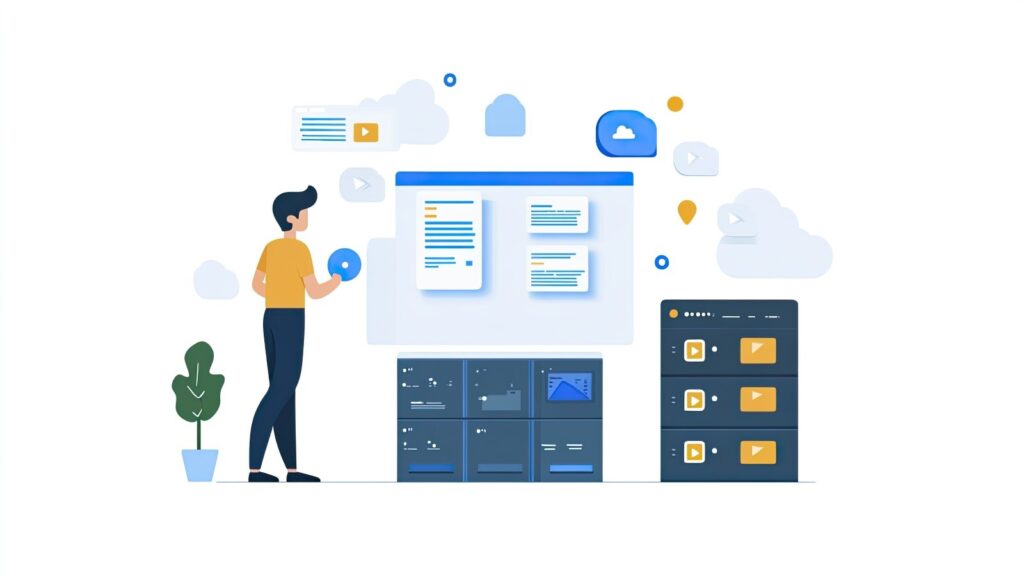
Implementing a digital asset management system brings about a wide range of benefits to organizations, including:
- Improved Efficiency: A DAM system streamlines content workflows, reducing the time spent searching for and organizing digital assets. This allows teams to focus on high-priority tasks, accelerating time-to-market for campaigns.
- Enhanced Brand Consistency: With a centralized location for digital assets, your team can ensure that the latest brand-approved content is used across all marketing channels, maintaining brand consistency.
- Cost Savings: By eliminating redundant storage solutions and reducing the risk of errors or inconsistencies, DAM systems can save your company money in the long term.
- Better Collaboration: Teams can collaborate more effectively with shared workspaces, real-time commenting, and asset approval workflows, which ultimately leads to higher-quality content and more efficient production timelines.
Cost Considerations When Selecting a DAM System

When considering DAM software pricing, keep in mind that costs may vary based on different factors like the number of users, storage capacity, or premium features that are offered. Some DAM systems charge on a subscription basis, while others may have a one-time licensing fee. You’ll also want to take into account additional costs for migration, customization, integration, or training.
While initial pricing is important, remember that later you’ll also want to evaluate your return on investment (ROI) as well. The time saved as it relates to content management, improved collaboration and more can often times more than justify the upfront costs for a DAM system.
Conclusion
As we’ve discussed, ultimately the DAM solution you choose will play a central role in driving your content management strategy and success with it. By making choices based on more advanced digital asset management system features like search functionality, collaboration options, integrations, and scalability of the system, you can pick a solution that’s grounded in your company’s specific requirements. An appropriate DAM system helps your employees work more efficiently, streamlines your brand & messaging, and boosts overall productivity across the board.
To learn more about the benefits and features of DAM solutions, explore our Digital Asset Management Guide or discover how brand management solutions can elevate your organization’s content strategy.
For additional insights, check out these resources on selecting the right DAM system:
